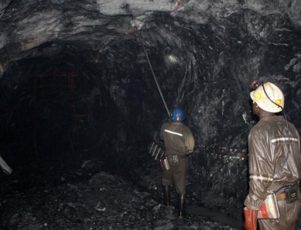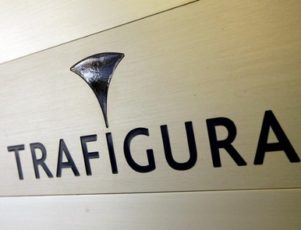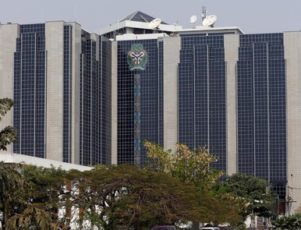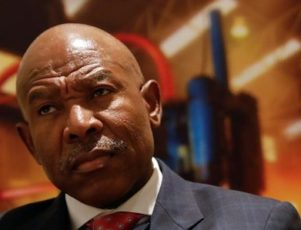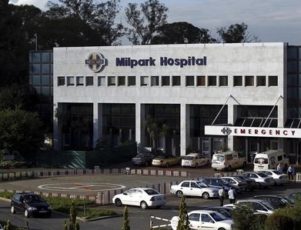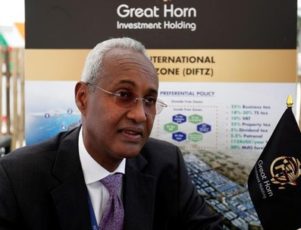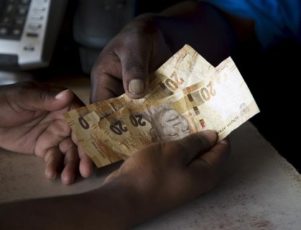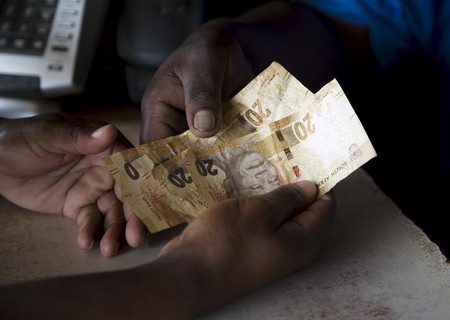HARARE (Reuters) – Zimbabwe wants mining firms to list on the local bourse as part of efforts under new president Emmerson Mnangagwa to boost investment and local ownership of its vast mineral resources, a new bill before parliament showed.
Mnangagwa, who took power in November when the military ousted Robert Mugabe after nearly four decades, has vowed to revitalise the economy and unlock investment in the mining sector after years of reticence by foreign investors.
“No mining right or title shall be granted or issued to a public company unless the majority of its shares are listed on a securities exchange in Zimbabwe,” the bill says.
Companies seeking rights to mine in the platinum-rich country but already listed elsewhere must notify the mines minister and use the funds from such public offers to develop the mine in Zimbabwe, the bill said.
A failure to comply would mean a liability of a fine equivalent to 100 percent of the cash raised at the foreign listing or as much as 10 years in prison.
Industry lobby group, Chamber of Mines, said its members were not opposed to the proposal to list on the local bourse but warned that exchange may not be deep and liquid enough for companies to raise capital.
“Our members are not averse to listing on the local bourse but it has no capacity to meet the needs of the members,” Chief Executive Isaac Kwesu said.
“Mining is a capital intensive business and some of our larger mines are listed on foreign exchanges because they are able to raise large amounts for working capital and for investment.”
Four mining companies, including Canada’s Falcon Gold and local diversified miner RioZim, are listed on the Zimbabwe Stock Exchange, which has a market capitalisation of around $8 billion.
(Reporting by Alfonce Mbizwo, editing by David Evans)

